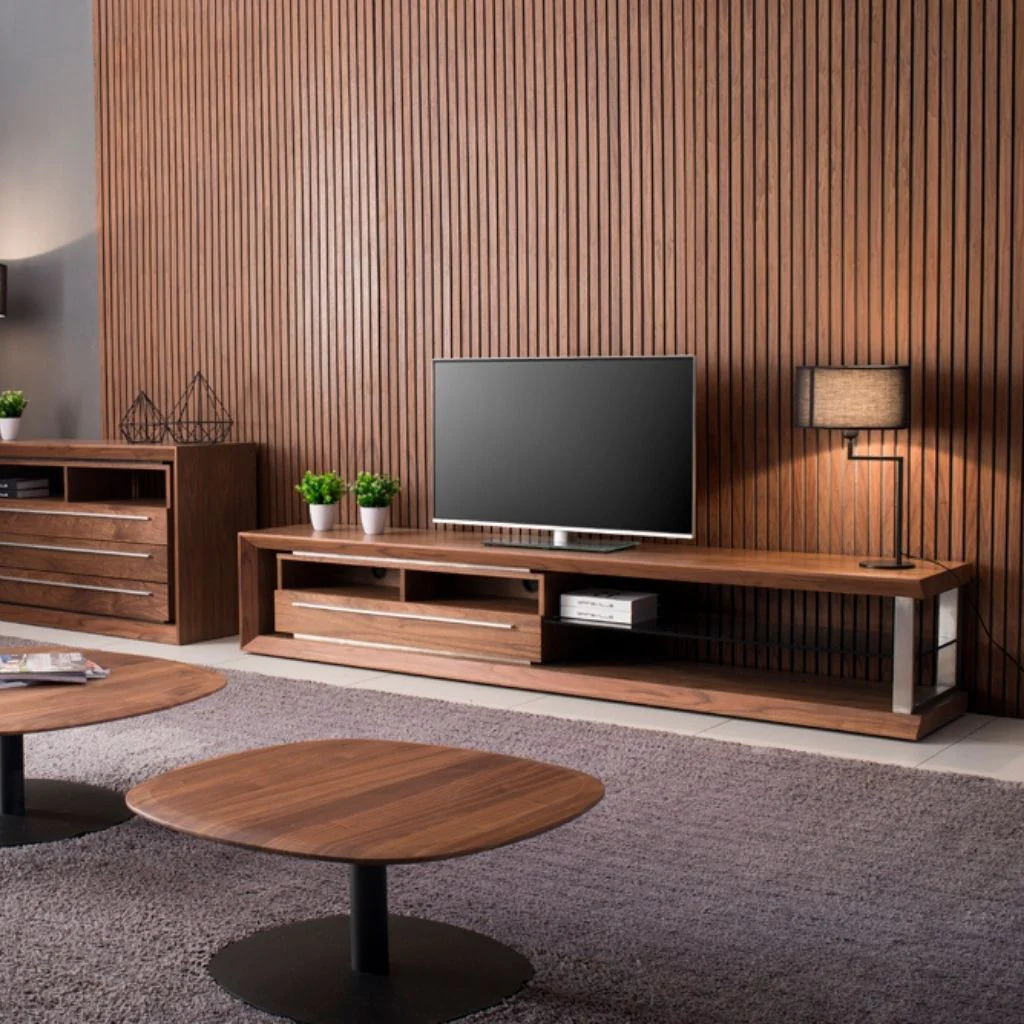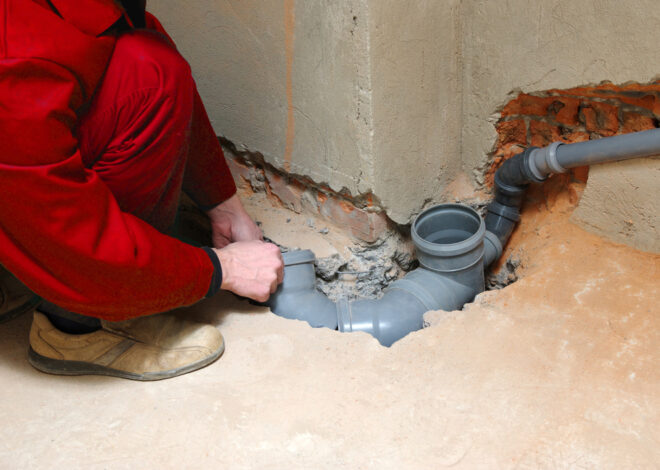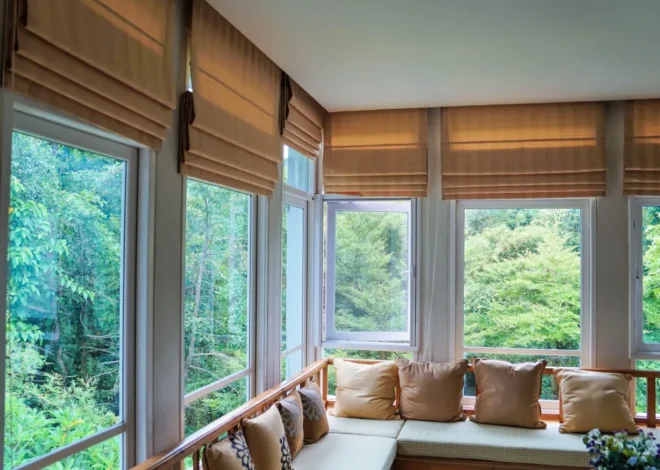
Home Design: Creating a Coastal-Style Escape for Summer
Transforming your home into a coastal-style retreat is the perfect way to capture the relaxing ambience of the seaside, even if you’re miles away from the nearest beach. This design style celebrates light, space, and natural elements, creating an airy and inviting environment ideal for summer living.
Whether you’re starting fresh or refreshing your current décor, a thoughtful approach to colour palettes, materials, and furniture can bring the beach to you.
1. Coastal Design Aesthetics
Coastal design is all about evoking the essence of the beach – tranquil, relaxed, and effortlessly elegant. The key to this style is an emphasis on light and natural tones, drawing inspiration from the sea, sand, and sky. Soft blues, crisp whites, sandy beiges, and muted greys form the foundation of the coastal colour palette.
To maintain the breezy feel, avoid clutter. Coastal design thrives on simplicity and functionality, blending open spaces with carefully chosen accents. When furnishing your coastal retreat, prioritise clean lines, natural textures, and a mix of organic and nautical-inspired elements.
2. Choosing the Right Colour Palette
Coastal design centres around a light and airy colour scheme. Start with a base of white or off-white for your walls to create a clean and fresh canvas. Add accents of soft blues, aquas, and greys to mimic the ocean and sky. Incorporate sandy tones or warm beige hues through textiles and furnishings to ground the space.
If you’re feeling adventurous, use patterns sparingly to add personality. Striped fabrics and subtle marine motifs work well without overpowering the overall aesthetic. Opt for natural light by using sheer curtains or no window treatments at all, maximising the sunlit, open feel.
Keep yourself informed about exciting guest post openings
3. Incorporating Natural Materials
Natural materials are essential for capturing the coastal vibe. Think about furniture and décor that include elements like rattan, wicker, driftwood, or reclaimed wood. These materials bring warmth and authenticity to your design while complementing the lighter tones of the colour palette.
For example, a walnut coffee table can provide a sophisticated touch, grounding your living space while maintaining a connection to nature. Similarly, woven rugs and seagrass baskets add texture and functionality, while linen cushions and throws complete the look with effortless style.
4. Furniture Selection: Function Meets Style
Furniture in a coastal-inspired home should strike a balance between comfort, elegance and practicality. Choose pieces with clean, simple lines and avoid overly ornate details. Upholstered sofas and chairs in light, neutral tones or faded blues make for inviting seating options.
For practical storage solutions that don’t compromise style, consider TV entertainment units in light wood finishes. These units can help maintain a clutter-free environment while blending seamlessly with the coastal theme. Keep furniture arrangements open and airy, allowing for easy flow and a sense of spaciousness.
5. Decorative Accents and Accessories
The key to perfecting a coastal design is in the details. Decorative accents like seashells, driftwood sculptures, and nautical-inspired items can enhance the theme without feeling cliché. Display these items sparingly to avoid a cluttered look and ensure they feel intentional.
Wall art featuring ocean landscapes or abstract water-inspired designs can tie the room together. Incorporate greenery through plants like palms or ferns to bring life to the space. Glass vases filled with sand, pebbles, or sea glass offer an elegant nod to the shoreline.
6. Lighting for a Breezy Ambiance
Lighting plays a significant role in establishing the coastal aesthetic. Maximise natural light by using sheer curtains or Roman shades in light fabrics. For artificial lighting, choose fixtures made from natural materials like rattan, bamboo, or weathered metal.
Pendant lights or chandeliers with a coastal flair can serve as statement pieces in living and dining areas. To add warmth during evenings, use soft, warm-toned LED bulbs and incorporate table lamps with neutral or glass bases.
7. Outdoor Spaces as Extensions of Coastal Design
If you have a patio, balcony, or deck, continue the coastal theme outdoors. Furniture made from teak, wicker, or weather-resistant rattan creates a seamless transition from indoors to outdoors. Use outdoor cushions and rugs in coordinating colours and patterns to maintain cohesion.
Accessorise with lanterns, candles, and potted plants for an inviting outdoor space. A fire pit or water feature can enhance the coastal ambience, making your outdoor area a relaxing haven.
8. Tips for Small Spaces
Even in smaller homes or apartments, you can achieve a coastal-style escape. Start by decluttering and choosing multifunctional furniture. For example, a storage ottoman or a compact coffee table with built-in storage can be both practical and stylish.
Light-coloured furniture and mirrors can help make smaller spaces feel larger, while sheer curtains maximise natural light. Stick to a minimal colour palette to avoid overwhelming the room, and choose accessories that add subtle texture without taking up too much space.
Creating a coastal-style escape is about more than just aesthetics—it’s about crafting a home that feels serene, inviting, and connected to nature. From the use of light, and breezy colour palettes to carefully chosen materials and furnishings every detail contributes to the overall ambience. By embracing coastal design principles, you can create a sanctuary that offers a daily escape, transporting you to the tranquillity of the seaside without ever leaving your home.



